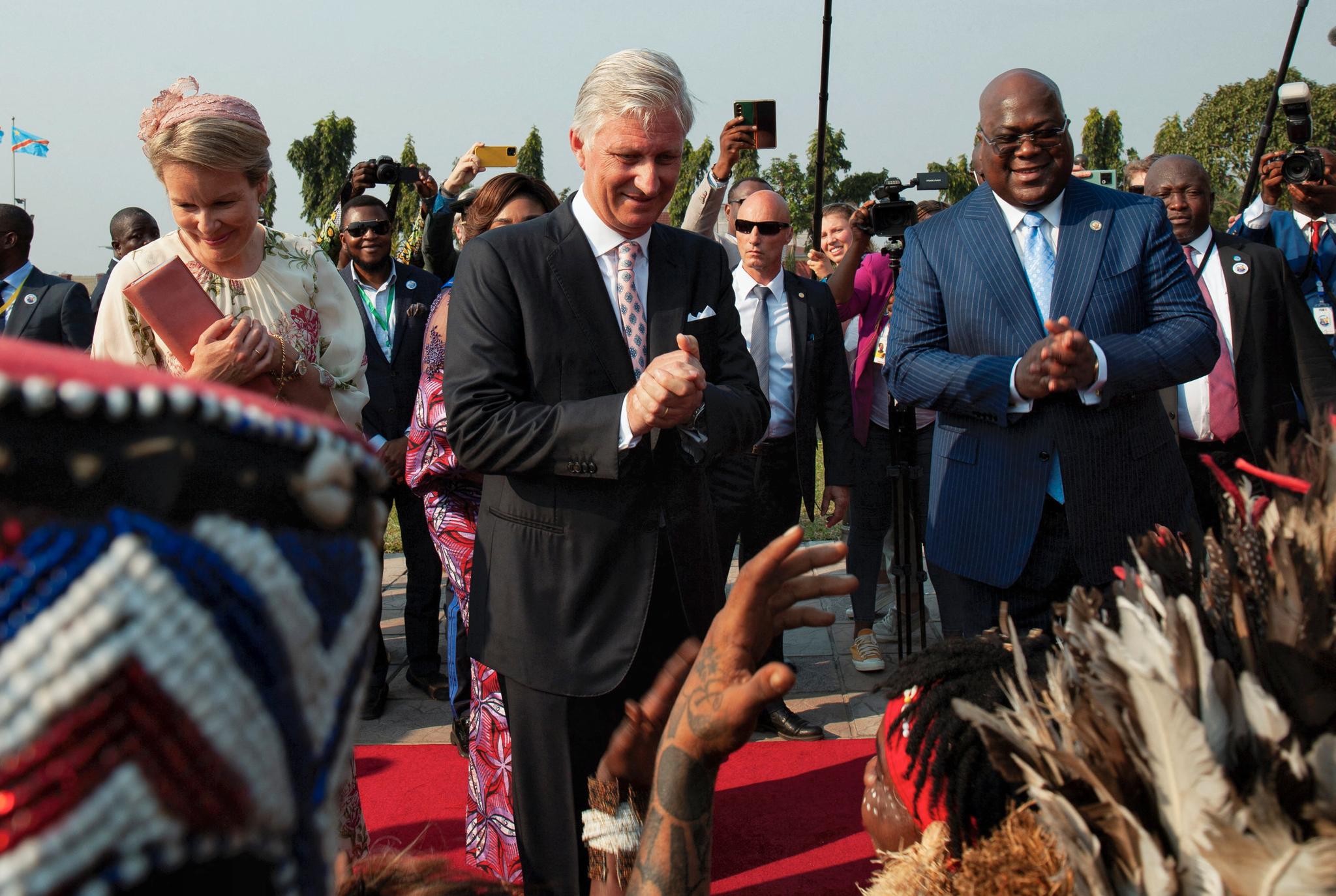The king brought a mask to the Congo. And soon Congo will have a toothed prime minister’s tooth. But they did not get an apology.
Newsletter Get the overview with our newsletter about Ukraine
–
Apologizing for historical wrongdoing is not easy. It has been shown by heads of state time and time again.
Lastly, King Philippe of Belgium, or Filip as his Dutch-speaking subjects call him. For the first time since he became King of Belgium in 2013, he is visiting the Democratic Republic of Congo.
From 1885 this was the personal colony of the Belgian king. Even at a time when the French, British and Germans were exploiting their African colonies, life in the Belgian colony was extraordinarily brutal.
No direct apology
– The colonial government as such was built on exploitation and supremacy. The government was characterized by inequality, in itself it is not possible to defend, characterized by paternalism, discrimination and racism. It laid the foundation for … humiliation, Philippe said.
There was no direct apology, but he emphasized that he was sorry for what had happened.
(The article continues below the picture)
 –
–What he did not say
The Congolese historian Idesbald Goddeeris was not particularly impressed. He says to Belgian media that it is important to notice what the king did not say.
– He did not talk about the violence of the colonial era. He also talked about the huge cash flow and profits that were created in Congo.
The Financial Times draws the same conclusion and writes:
“His speech in Kinshasa did not come up as a formal excuse for decades of brutal rule, when millions of people were enslaved and killed.”
The historian Goddeeris says that “one cannot begin a new chapter without fully accepting the past.”
(The article continues below the fact box)
The cruel story
When European powers competed for colonies in Africa, King Leopold II of Belgium succeeded in securing the “Free State of the Congo”. The area is 76 times larger than Belgium. The special thing about this colony was that it became the king’s personal colony, not the state’s.
He claimed that the “Free State” would be an important piece in the fight against slavery and exploitation of the indigenous people.
But the king was looking to make the most of ivory and natural rubber.
The colonial masters imposed production quotas on the inhabitants. Those who did not reach the goal were subjected to cruel punishments. Mutilations and executions were common.
Calculations indicate that the population was nearly halved.
(The article continues below the picture)
 –
–Prime Minister in sulfuric acid
King Leopold’s rule was so brutal that even other colonial powers reacted. Therefore, the Belgian state eventually had to take over. Conditions improved slightly for the population.
As the colonial era came to an end after World War II, the Belgian colony was also disbanded.
The Belgians disliked the radical Patrice Lumumba becoming prime minister after the liberation in 1960. They shared the suspicion of US and British intelligence that he was pro-Soviet.
Lumumba served as prime minister for just over two months before being overthrown in a coup.
With good help from the former colonial power, he was killed. Belgian police divided the body with a chainsaw, before throwing it in a container with sulfuric acid.
Before he died, police chief Gerard Soete admitted that the whole body was not dissolved in acid. Among other things, he kept a tooth with a gold filling.
When Lumumba’s daughter heard this, she demanded that all remains be handed over. The hope is to bury his father in Congolese soil.
There has been a long legal protest. Not everything was clarified before the king’s visit.
But during the summer there is good hope for a funeral.
(The article continues below the picture)
 –
–Old masks
Just outside Brussels is the Royal Museum of Africa. Here is one of the world’s largest collections of historical artifacts from Congo. Most were taken from the country during the colonial era.
If the king did not bring Lumumba’s tooth with him, he would at least come with a “Kakuungu mask”. It is an old work of art that is now on loan to the Congolese National Museum indefinitely.
As part of the settlement after the colonial era, the Belgian authorities have started work on returning stolen items.
(The article continues below the picture)
 –
––


